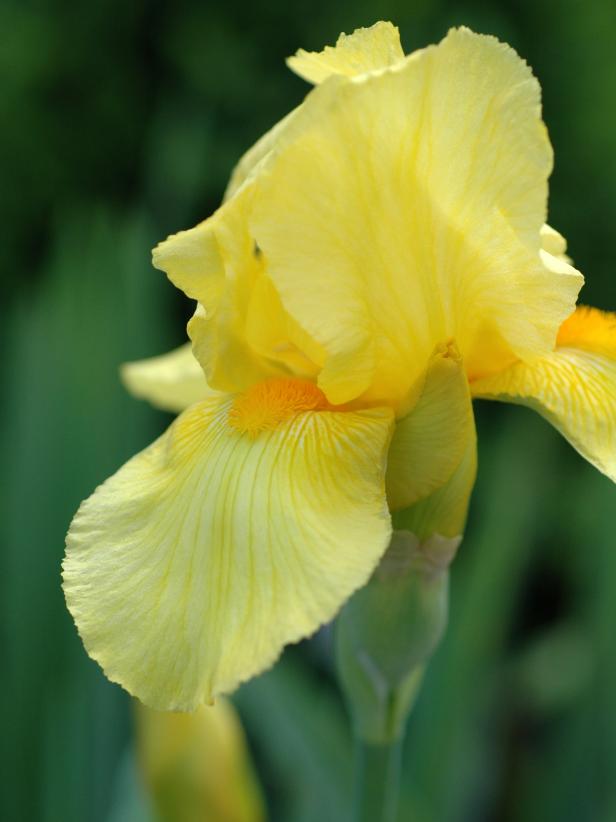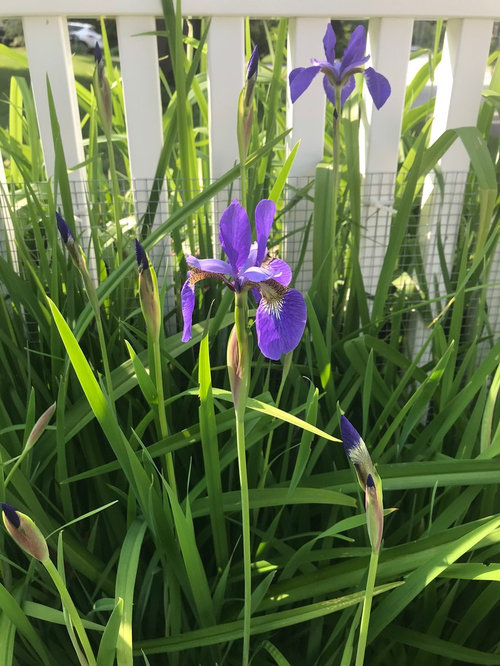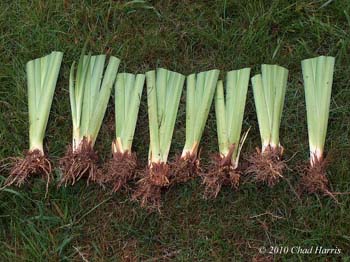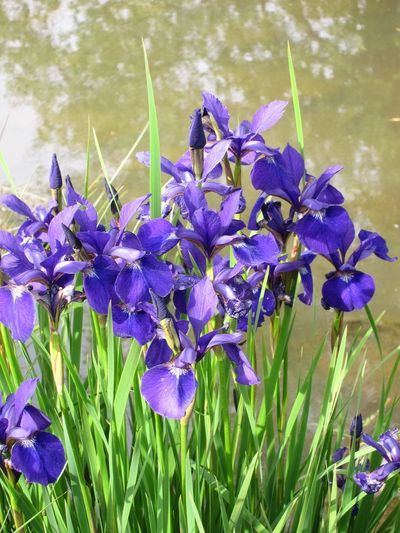Transplanting Japanese Roof Iris

Dig and divide your plants every 3 to 4 years to maintain plant vigor.
Transplanting japanese roof iris. Transplanting iris is a normal part of iris care. Japanese roof iris are an example of the great diversity of exotic iris species coming into the nursery industry with varied colors and flower formations. Many gardeners wonder when is the best time to transplant iris and how should one go about moving iris from one place to another. Reasons to transplant irises.
Roof iris or root iris. Divide japanese irises as you would regular irises. When well cared for iris plants will need to be divided on a regular basis. The japanese roof iris grows in the shade and still manages to produce a nice display each spring.
The division process is a great time to inspect the root systems for any problems such as disease rot or insect damage. Division keeps growing japanese iris plants in optimum condition to provide the best possible bloom in summer. As with regular irises division of the japanese iris is simple. Provide additional water to japanese iris plants during dry seasons.
Plants come and go in popularity. Though the bloom is large at 6 inches the standards are shortened and tubular and the falls widespread. After division consider placing a few rhizomes in pots to live in your water feature or pond. Crowded plants tend to offer fewer blooms.
Plants that grow from rhizomes can survive poor growing seasons because the rhizomes store starches and. Or is it a wall. In either case the timing allows plants to establish a healthy root system before the weather shifts into a stressful time of cold temps in northern areas or hot summer temps in southern regions. At the moment irises are on the slide being eclipsed by a host of perennials with a longer period of bloom.
On oct 11 2003 terry from murfreesboro tn zone 7a wrote. Cut through the rhizomes then plant them. The japanese roof iris does very well in coastal south carolina and provides an interesting topic plant. Another option is to raise japanese iris at the base of downspouts where rainfall creates somewhat soggy conditions at times.
Japanese iris can be transplanted almost anytime from spring until fall if you keep the plant wet and the temperatures are below 90 f and above 32 f for a month afterwards. Japanese iris growth is a direct response of available moisture. Bearded irises and siberian irises both grow from fleshy underground stems called rhizomes which are capable of producing the roots that will draw nutrients and water into the plant as well as the shoots that will eventually form leaves and flower buds. In colder regions transplanting iris occurs in early spring with late august offering a second option.
For gardeners in warm regions fall provides a good time for transplanting iris.











































